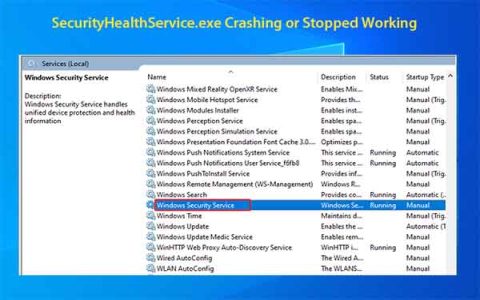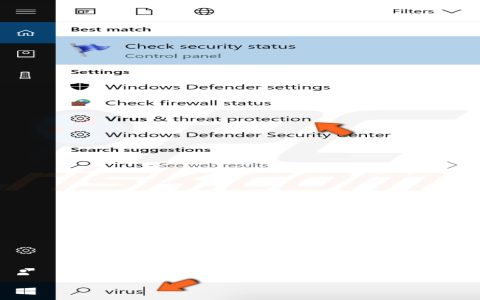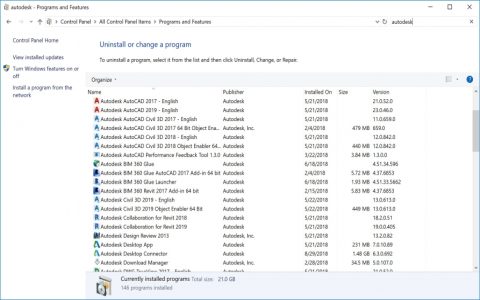Overview
Linux Mint and Ubuntu are both prominent Debian-based Linux distributions, widely used for desktop computing. Mint often derives from Ubuntu Long Term Support releases, ensuring compatibility.
Key Differences
- Desktop Environment: Ubuntu defaults to GNOME with a focus on modern workflows, while Mint offers choices like Cinnamon (user-friendly) or MATE (lightweight), prioritizing traditional interfaces.
- Out-of-Box Experience: Mint includes proprietary media codecs and common software (e.g., LibreOffice) for instant usability; Ubuntu may require additional setup for such features.
- Performance and Resource Usage: Mint, especially with lightweight DEs, often consumes less RAM and CPU than Ubuntu, benefiting older hardware. Ubuntu's GNOME can demand more resources but integrates advanced features.
Advantages
- Linux Mint: Ideal for beginners transitioning from Windows, emphasizing stability with less frequent updates and a familiar desktop layout. Strong community support via forums enhances troubleshooting.
- Ubuntu: Preferred for developers and enterprise use due to robust security patches, extensive documentation, and compatibility with cloud tools. Regular releases foster innovation, but may introduce instabilities.
Recommendation
Choose Mint for an intuitive, hassle-free experience on resource-limited systems. Opt for Ubuntu if you seek cutting-edge features, extensive hardware support, or professional development environments. Both distributions benefit from frequent security updates, making either a reliable choice based on user expertise and hardware constraints.









